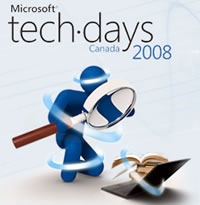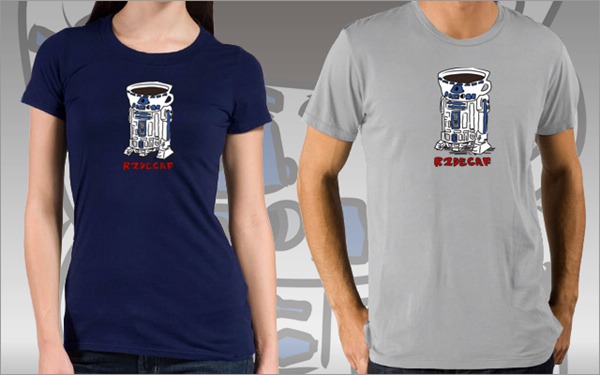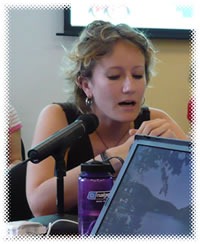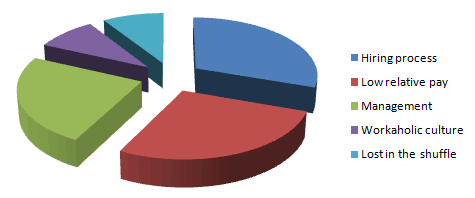
This article was originally published in Canadian Developer Connection.
Although we’re already into the start of 2009’s third full week, TechDays Canada 2008 has one more stop to make: Vancouver Convention Centre, in the city I like to refer to as “Vangroovy”, on Wednesday, January 21st and Thursday, January 22nd.
This is the final leg of our cross-country tour in which people from Microsoft as well as developers and IT pros who build using Microsoft technologies share their knowledge of how to best make use of the Microsoft tools and tech available today. The conference is split into five information-rich tracks:
- Windows development
- Web development
- Virtualization
- Data management
- Infrastructure
TechDays provides all sort of opportunities: to learn a little more about the Microsoft platform and toolset, the chance to meet up with us and have your say, the chance to network with your peers and of course, the chance to take home the coveted Techie Crunch “cereal box”, which comes fortified with about a thousand bucks’ worth of stuff, including:

Photo by Mack D. Male. Click it to see its Flickr page.
There’s still time to sign up for TechDays if you’re planning on being in Vancouver on Wednesday and Thursday. For more details, visit the TechDays Canada site.
(And don’t forget, if you want to catch up with us, let us know! My contact details are in this entry.)










